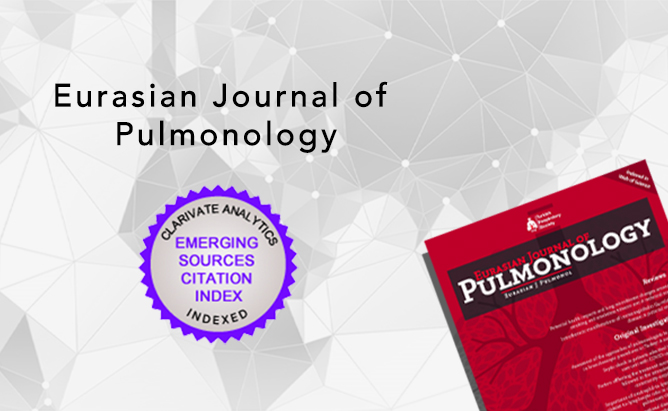2Department of Rheumatology, Inonu University, Faculty of Medicine, Malatya, Türkiye
3Department of Pathology, Inonu University, Faculty of Medicine, Malatya, Türkiye
Abstract
Sarcoidosis is a multisystem granulomatous disease of unknown cause. The skin and lungs are the most commonly affected organs. While classic lesions of cutaneous sarcoidosis include a wide range of dermatological presentations, mass involvement is uncommon. A 43-year-old male presented to the orthopedic clinic with a growing mass on the right hand and wrist. A trucut biopsy of the lesion revealed granulomatous inflammation. However, as the mass enlarged and caused functional loss in the index finger, amputation of the finger was performed due to suspicion of malignancy, particularly a desmoid tumor. Magnetic resonance imaging demonstrated a solid, infiltrative mass with a diffuse pattern extending from the second finger to the wrist. Histopathological examination of the amputated tissue showed non-caseating granulomatous inflammation, negative for acid-fast bacilli, and no evidence of malignancy. The patient was subsequently referred to our clinic and diagnosed with sarcoidosis involving multiple organs. As local progression continued despite methylprednisolone therapy, a second surgical excision was performed, and second-line immunosuppressive therapy was initiated to control the disease. Mass formation is not a typical cutaneous manifestation of sarcoidosis. This case, featuring a suspected malignancy presenting as a hard mass in the right hand and wrist that led to amputation, demonstrates that a benign condition can progress aggressively enough to cause tissue loss. When atypical presentations occur in benign conditions like sarcoidosis, a multidisciplinary and comprehensive approach is essential to guide treatment decisions before undertaking invasive procedures.




 Ayşenur Atila1
Ayşenur Atila1 




